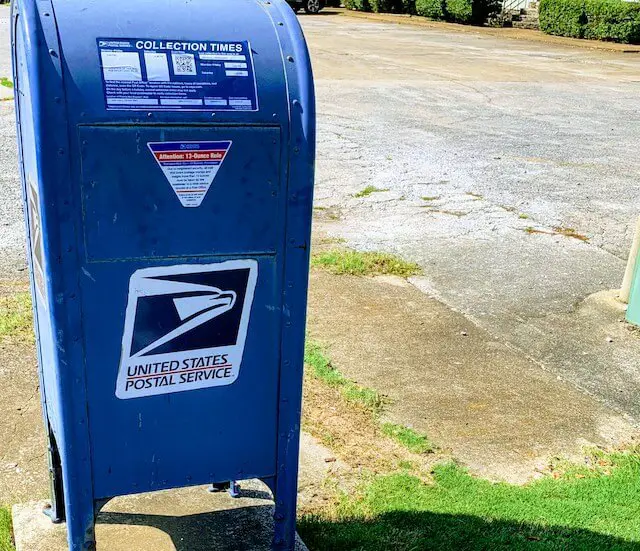The COVID-19 pandemic has had a significant economic impact on many individuals and businesses, and the Postal Service was no exception. The agency reported a $9.2 billion net loss for fiscal year 2020 in its latest financial results, an increase of $363 million over FY 2019.
Although the total net loss was greater in 2020 than in 2019, it didn’t rise as sharply. FY 2019 saw a total net loss of $8.8 billion, and that was $4.9 billion more than in 2018.
Despite the losses, not everything associated with the coronavirus was all bad news for the Postal Service. Its package volume grew by nearly 1.2 billion pieces (an 18.8% increase) compared to last year due to the surge in e-commerce thanks to many more people staying home and shopping online.
However, the higher package volume brought increased costs. The Postal Service said its operating expenses for the year were $82.2 billion, $2.3 billion (2.9%) higher than last year. Compensation and benefits increased by $1.2 billion due to workforce additions necessary to address the surge in package volume as a result of the pandemic as well as increased overtime hours and paid sick leave.
The Postal Service said that contractual wage adjustments also contributed to the increase in compensation and benefits. Retirement benefits increased by $767 million due to higher charges for the amortization of unfunded benefits and increased retirement contribution rates which it noted are outside of management’s control.
Additional bad news reported in the financial figures was with respect to mail volume. Mail is the agency’s largest sales category, but it showed declines in FY 2020. First-Class Mail declined by 2.3 billion pieces (4.2%) over FY 2019, and Marketing Mail declined 11.5 billion pieces (15.2%).
The Postal Service did say, however, that mail volume began to show slight improvement in the last few weeks of the year, although this was driven in part by the temporary surge in political and election mail associated with the recent election cycle.
Postal Service Chief Financial Officer Joseph Corbett cautioned that the decline with mail could be a permanent change that may hinder the agency’s finances going forward.
According to Corbett, “There continues to be great uncertainty over the future impacts of the pandemic on the Postal Service. Given the lasting declines in mail that accompanied the 2007-2009 Great Recession, the Postal Service expects that the COVID-19 crisis may have similar effects on mail volume going forward and that it may never recover to its pre-pandemic levels. Further, while we do believe that our package volumes will remain higher given what looks to be a potential permanent shift in consumer behavior, we do not expect our package revenue growth over the medium-to-long term to make up for our losses in mail service revenue caused by COVID-19.”
Despite the Postal Service’s evident challenges in FY 2020, Postmaster General Louis DeJoy remained optimistic and spoke highly of Postal employees’ efforts to work through the pandemic.
“Amid the tumult of the COVID-19 pandemic – and with the challenges of the election, disruptions in our workforce, rapid changes in our marketplace, and long-term financial distress – the 644,000 women and men of the Postal Service delivered for the American public,” said DeJoy.
He added, “We remain committed to our mission of service in every American community – delivering the medicine, supplies, benefit checks and important correspondence the public depends upon. We are likewise committed to addressing our significant financial imbalances – which were exacerbated by COVID this year and will cause lasting impacts – through a combination of management actions, and legislative and regulatory reforms.”




